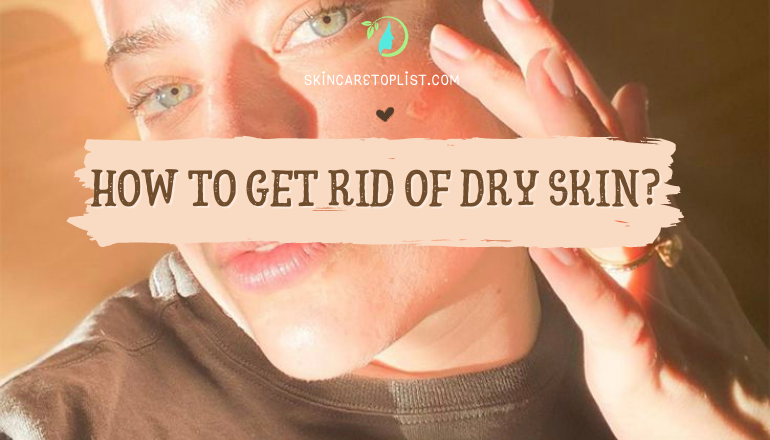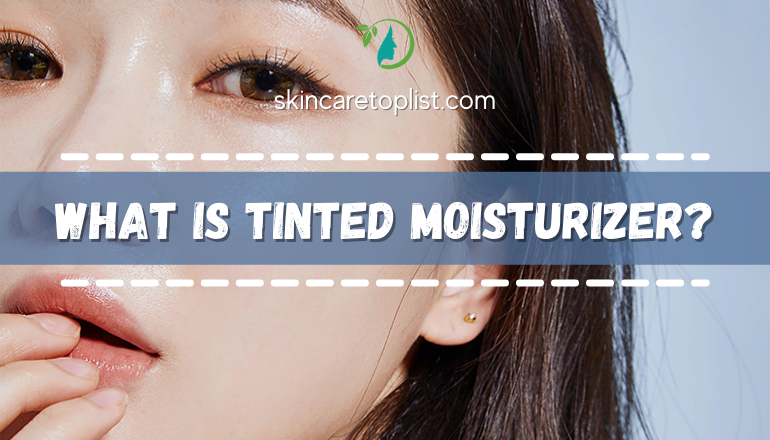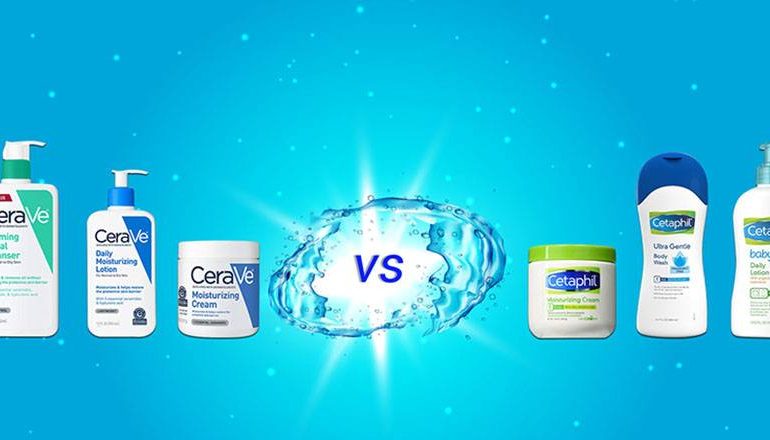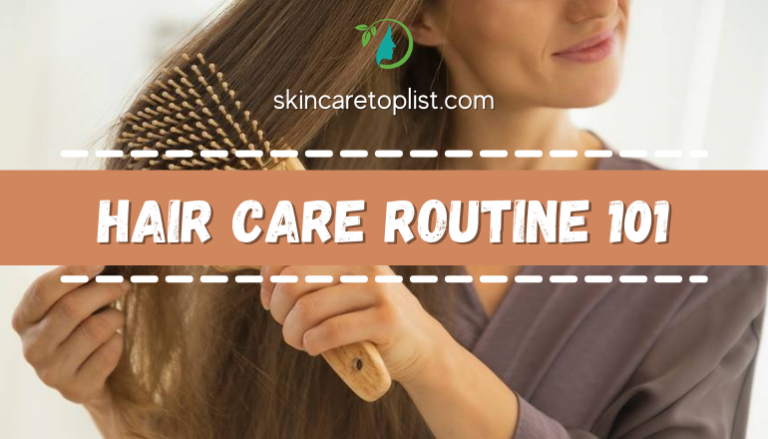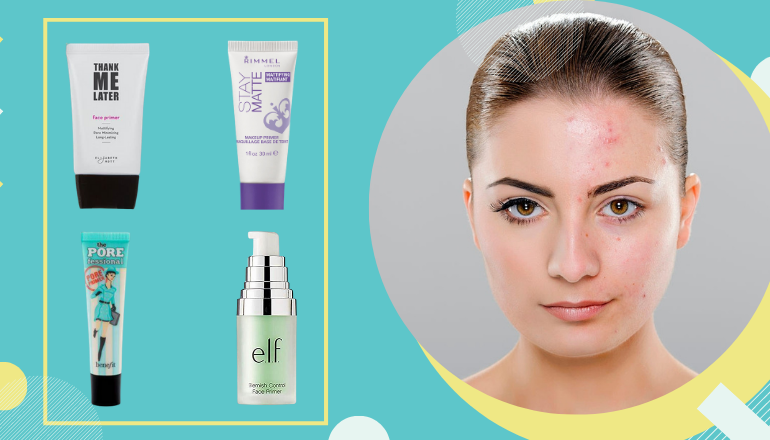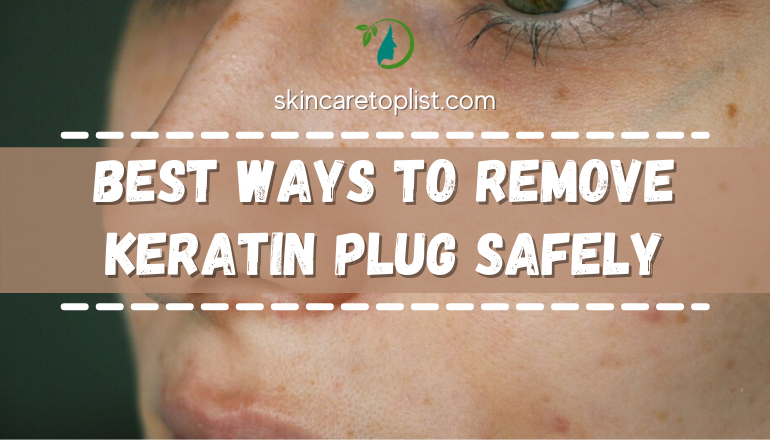
Keratin is a protein family found in your skin and hair; its role is to connect cells. Nevertheless, a Keratin deposit can clump with dead cells and form a keratin plug around the hair follicle. Moreover, this not only makes your skin seem unsightly yet it is also persistent.
What causes keratin plugs? And how can you have this issue entirely treated? We have all of the answers available for you here!
What Does The Keratin Plug Look Like? Negative Impacts Of Overproduction Of Keratin
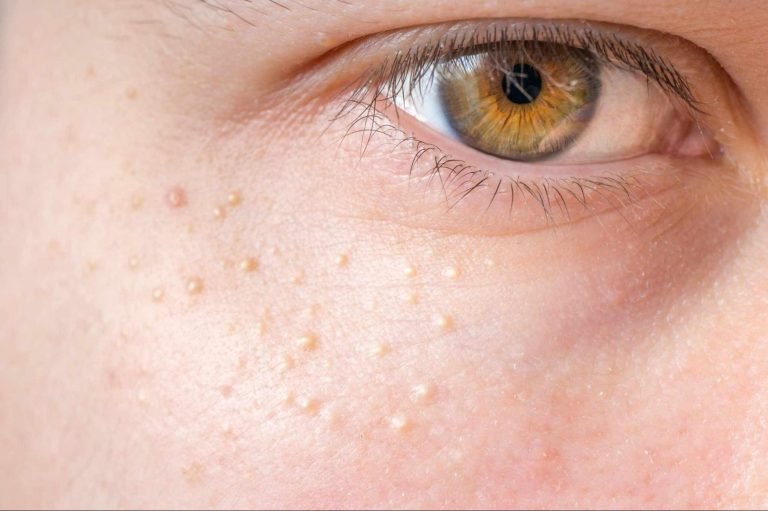
At first glance, you could find that the Keratin plugs look like tiny pimples and are skin-colored or pink. They tend to form on certain areas of the body. However, these pimples most commonly turn up near acne-prone areas. Many people also suppose that keratin plugs are similar to rashes.
Once touching the keratin plug areas, you will feel their scales pretty rough. Even if the situation becomes more serious, areas of the Keratin plug can grow up to itch (also called keratosis pilaris). Areas that often appear Pilaris consist of the upper arms, upper thighs, cheeks, and buttocks.
It's not clear what exactly causes the Keratin plug, and anyone can experience it. Some of the following factors will generate the high risk of getting Keratin Plug:
Asthma
Atopic dermatitis or eczema
Family history of keratosis pilaris
Summer fever
Dry skin
Besides, keratin plugs often contribute to other skin disease's formation like eczema.
Even though these skin bumps can go away on their own without your doctor's advice, they have a high rate of recurrence or are quite persistent. To learn more ways to cure this disease, switch to the next section.
How To Remove Keratin Plug?
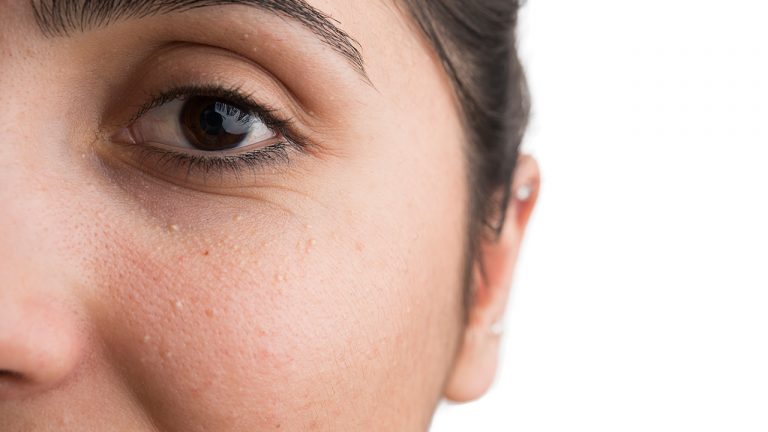
More often than not, it’s unnecessary to take medical measures to cope with Keratin Plug. Nevertheless, anyone would like to remove it for aesthetic reasons, especially while Keratin Plugs take place in easy-to-see areas.
Remember to never scratch or try to dislodge the keratin plug from your skin, as this will only irritate your skin. Instead, the below solutions will assist you in getting rid of Keratin Plug out of your skin rapidly:
Exfoliation
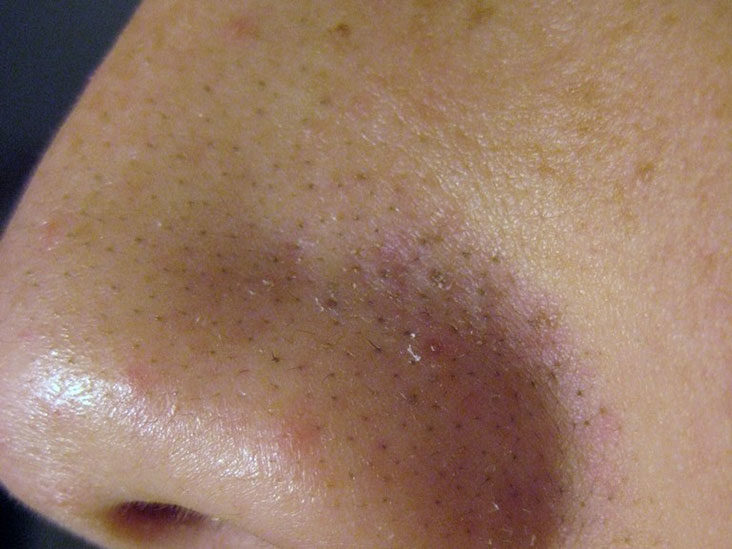
Applying a gentle exfoliation is one of the most effective ways to eliminate dead skin cells in those bumps.
Get started with a few gentle acids like glycolic, salicylic, and lactic acid topical or peel to exfoliate. Other options may be Amlactin or Eucerin if appropriate. In addition, you can use both a face towel and a soft brush to achieve a better result.
If you have no problems or side effects in this step, you can ask your dermatologist to recommend more powerful creams or medications to clear up the nodules.
Lifestyle Changes
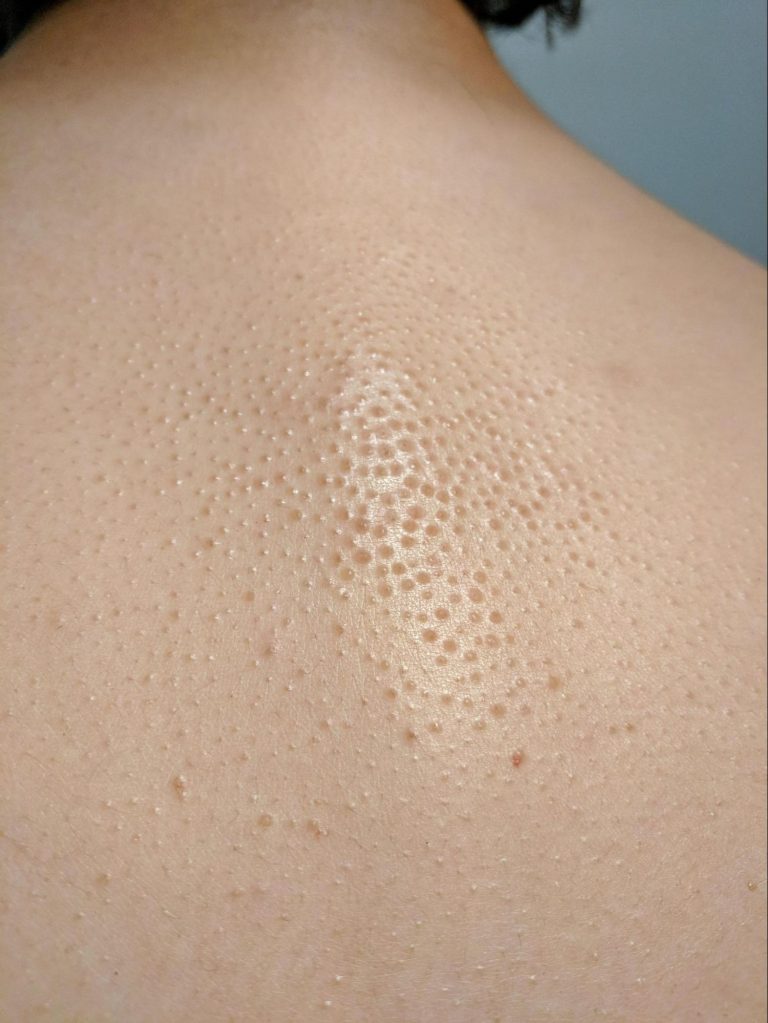
Preventing and completely removing the Keratin plug is not necessarily easy, but you can still apply these tips and tricks in making lifestyle changes for optimal results as follows:
Avoid wearing tight clothing.
Moisturize your skin regularly.
Use a humidifier in dry and cold weather.
Limit the number and length of showers.
Use warm water in showers and baths.
Limit waxing sessions, such as shaving and waxing, can irritate the hair follicles over time.
Last but not least, we still recommend you to meet your dermatologist first to find out the best suitable treatment for you.
Keratin Vs. Sebum Plug
Clogged pores can lead to various manifestations such as pimples, keratin plugs, inflammatory acne, or blackheads. They usually appear on the face, upper chest, back, and arms, and legs.
To distinguish between Sebum Plug and Keratin plug, you need to understand that the sebum plug is a blockage caused by the sebum. It is combined with dead cells, causing inflammation and producing acne.
Meanwhile, the Keratin plug is a thick stratum corneum that tends to be rough and rigid along the surface; the sebum plug usually contains many pus at the tip and other impurities.

Keratin Plug Vs. Blackhead
More often than not, you can mistake the keratin plugs for blackheads if you just look at their outside appearance. Blackheads occur when your pores become clogged with dead skin cells and sebum. Usually, blackheads often expand to large areas rather than just a few.
Keratin plug takes a 'blackhead' shape when the pore is clogged and oxidized and turns black. Nevertheless, the Keratin plug does not have the dark gut like a blackhead, yet it is likely rougher than a blackhead.
When To See A Dermatologist?
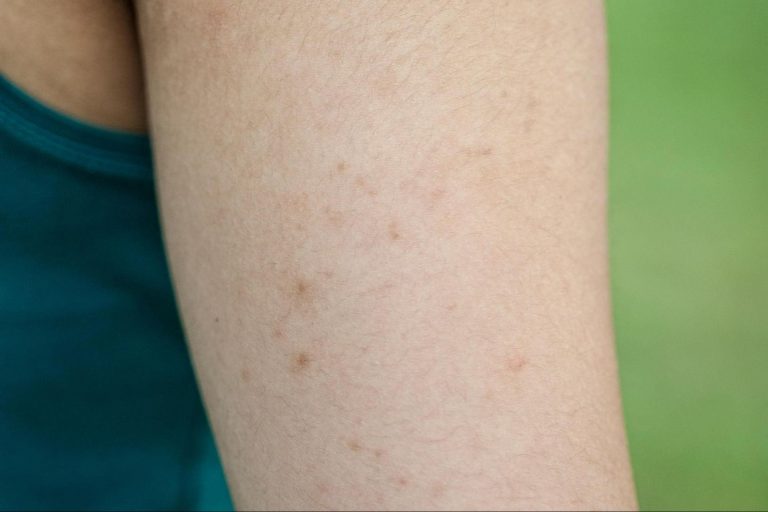
You can completely cope with the Keratin plug at home, but seeing a dermatologist for advice and consultation is beneficial. Specifically, they will always give more accurate and professional diagnoses and therapies. They also provide you a full list of causes and your current condition before proceeding with treatment. In this way, you'll also be more self-assured about the good results.
In more severe cases such as keratosis pilaris, you can't handle it on your own. It’s required that you see a dermatologist without further ado, as they may recommend some high-end treatments such as laser therapy and microdermabrasion. Furthermore, these potent treatments replace ineffective remedies such as exfoliation, topical medications, and conventional home remedies.
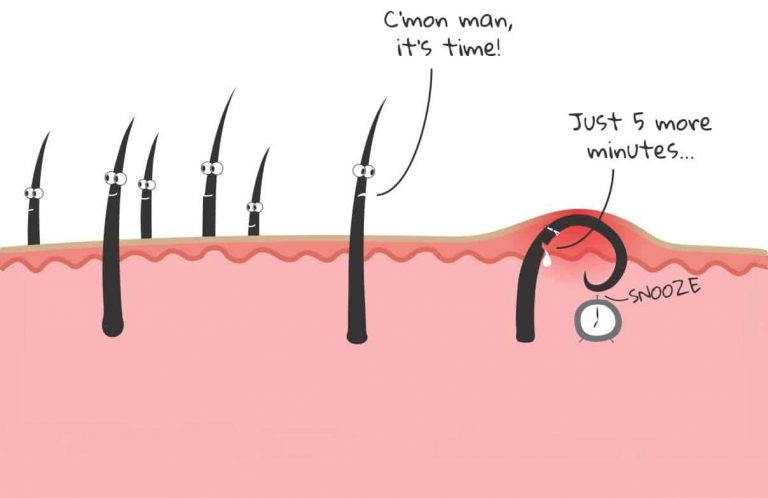
The Bottom Line
Keratin plugs are common and undangerous, but they are quite annoying. If you encounter it, you can still overcome it by making lifestyle changes and applying some useful methods, as the recommendations above. These Keratin-filled lumps will completely disappear if you experience these steps properly. On top of that, never scratch or pop the Keratin Plug patches out of your skin by yourself as it will become more and more irritating and unsightly.
To ensure which therapies or methods work best for you, do not hesitate to meet a dermatologist. They will give the most professional advice for each case.

